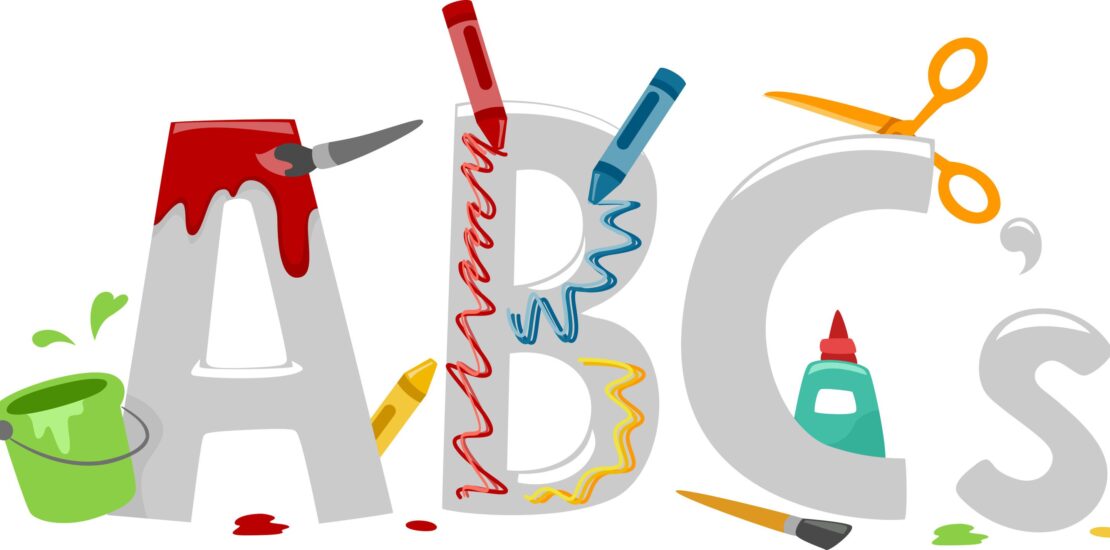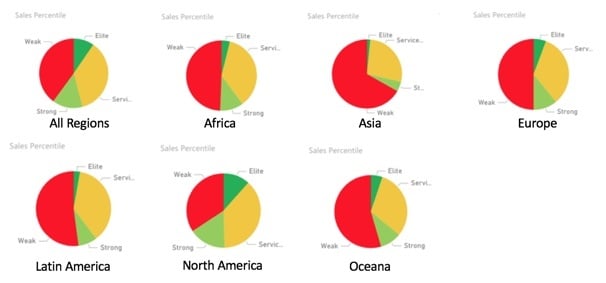selling skills
-
Nothing Beats This One Tool When You Can’t Sell Face to Face
- August 19, 2021
- Posted by: Dave Kurlan
- Category: Understanding the Sales Force

There are some misguided selling strategies that can be undone and in today’s article we’ll discuss the benefits of the single tool that is the real deal and a huge difference maker.
-
Where Can You Find the Best Salespeople?
- September 28, 2018
- Posted by: Dave Kurlan
- Category: Understanding the Sales Force

Maybe you drink the finest wines, stay at the most luxurious hotels, dine at the best restaurants, purchase the best brands and drive the fanciest cars. Or not. Either way, you’ll at least want to know where you can find the best salespeople in the world, right?
To accomplish this I looked at data from the most recent 435,000 sales evaluations and assessments from Objective Management Group (OMG) and broke it down into 6 regions of the world. See the image above.
-
The Top 12 Factors that Cause Delayed Closings and What to Do About Them
- September 25, 2018
- Posted by: Dave Kurlan
- Category: Understanding the Sales Force

Delays, delays, delays. Nearly every coaching call with a salesperson is about a delayed closing. Nearly every coaching call with a sales manager is about a salesperson with a delayed closing. Everyone wants to know what to do about the delayed closing but that’s the wrong question. Everyone should be asking these two questions instead.
Was it really delayed or were we overly optimistic about if and when this opportunity would close?
What steps can we take to prevent delayed closings? -
Customers Love to Buy – Why Do Salespeople Struggle?
- October 2, 2017
- Posted by: Dave Kurlan
- Category: Understanding the Sales Force

So if we all love buying stuff, why do salespeople struggle so much when they try to sell stuff? Why isn’t it as friction-free as an abundance of happy buyers would suggest it should be?
-
How Boomers and Millennials Differ in Sales
- May 18, 2016
- Posted by: Dave Kurlan
- Category: Understanding the Sales Force

I hate this article already – the last thing we need is another article to help us to understand Millennials. Except for one thing. Most of you reading this are Millennials and you probably need to better understand boomers.
-
Sales and Selling – Which Has Evolved More?
- January 19, 2010
- Posted by: Dave Kurlan
- Category: Understanding the Sales Force
Let’s compare the evolution of selling to the evolution of salespeople.
Which do you think has evolved more? After all, both have been around since there has been anything to sell.
-
Top 6 Reasons Why Most Sales Training Doesn’t Work
- June 25, 2009
- Posted by: Dave Kurlan
- Category: Understanding the Sales Force
If you invest in sales training, especially now, you also need it to work now, not in 12 months. Why does it take so long for most sales training to make a difference and why does most sales training fail to make the difference you expect? There are a lot of possible reasons and I’ll attempt to explain them here.

